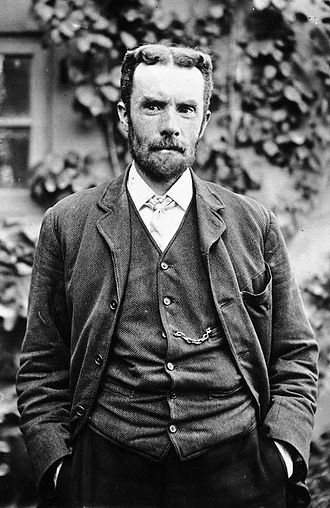Heaviside Scientist (17th February 2021)
What is the Heaviside Layer and craters on the Moon & Mars named after him?
Oliver Heaviside, scientist & mathematician was the subject of Torbay Civil Society Chairman Ian Handforth’s talk given to Teignmouth Men's Probus Club by Zoom.
Oliver born in Camden Town London on 18th May 1850 and suffered scarlet fever as a child leaving him with a hearing impediment. He excelled at Camden Grammar School but his family were unable to support his education beyond the age of 16. He continued his studies at home not having any further formal education becoming an exceptional self-taught man.
His uncle Sir Charles Wheatstone a celebrated expert in telegraphy and electromagnetism took an interest in his nephew and employed him to work with Wheatstone’s elder brother in a telegraphy business in Newcastle-upon-Tyne, moving two years later to work for the Danish Great Northern Telegraph laying cables between England and Denmark. During this time he continued his studies and became an electrical engineer using his mathematical skills to solve and explain complex electro motive and magnetic theories.
In 1873 Oliver became absorbed by a publication of Charles Maxwells second learned paper ‘Treatise on_Electricity_and_Magnetism’, then having mastered the principles, promulgated further theories based on his own work with new mathematical explanations and calculus.
It was the use of Heaviside’s brilliant theories that enabled Guglielmo Marconi to send the first radio message to the USA in 1901. He didn’t know how it worked but presumed the signal must have bounced off something in the upper atmosphere. Heaviside’s theories predicted what later in 1947 was proved to be the ionosphere and was named the Heaviside Layer in his honour.
His further claim to fame included the use of induction coils as a power booster for telegraphic signals still in use today. His theories predicted a strong relationship between magnetism and gravity and his theories are still in use today in space age tech.
In 1922 Oliver became the 1st recipient of the Farriday Medal and honour established in that year.
Oliver spent much of his life as a recluse in Torquay and there are Heritage Plaques on his residencies in Palace Avenue Torquay & Totnes Road Newton Abbot. He died of prostate cancer in 1925 aged 74 and is buried in Colley End Road Cemetery Paignton.
